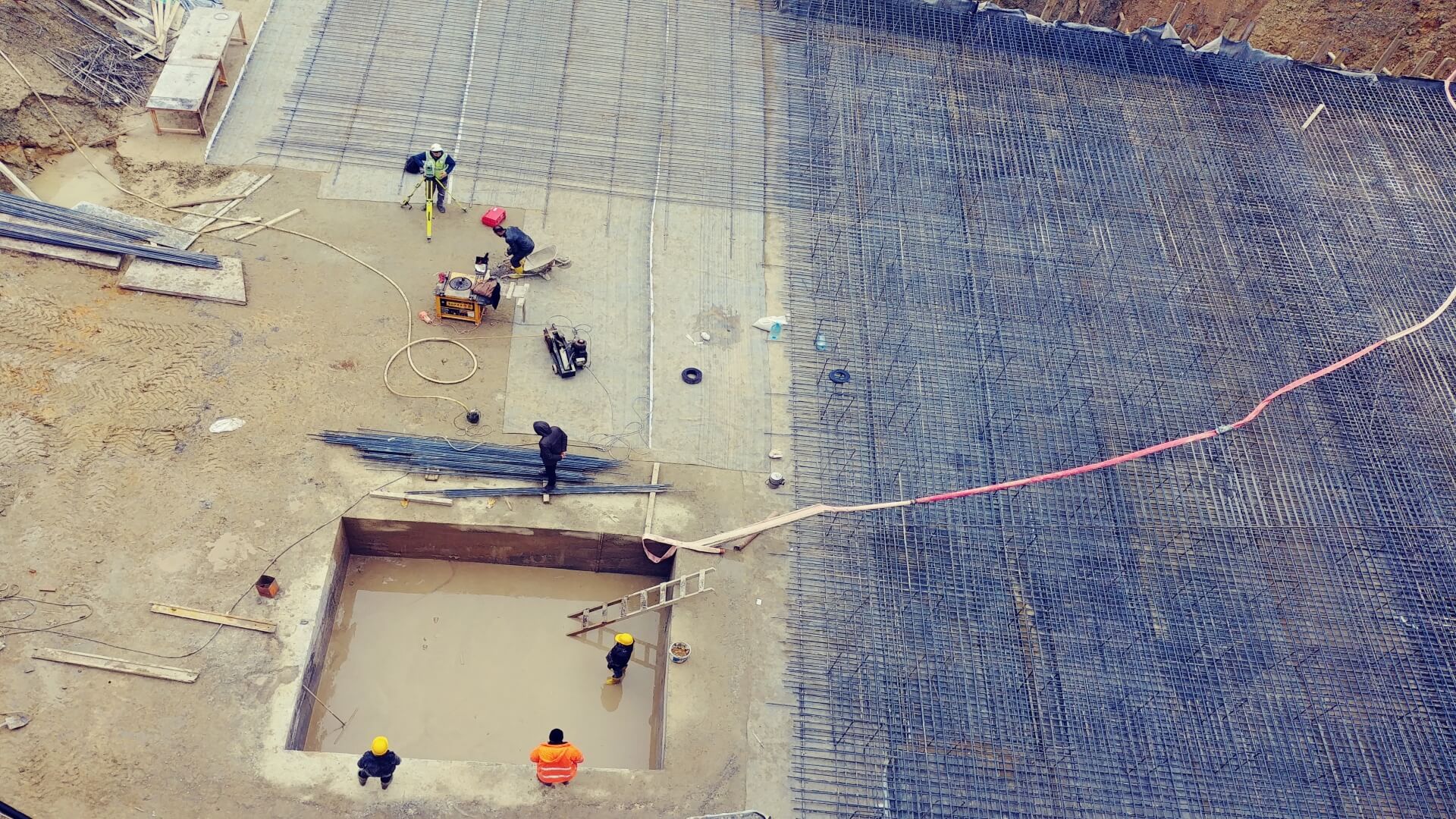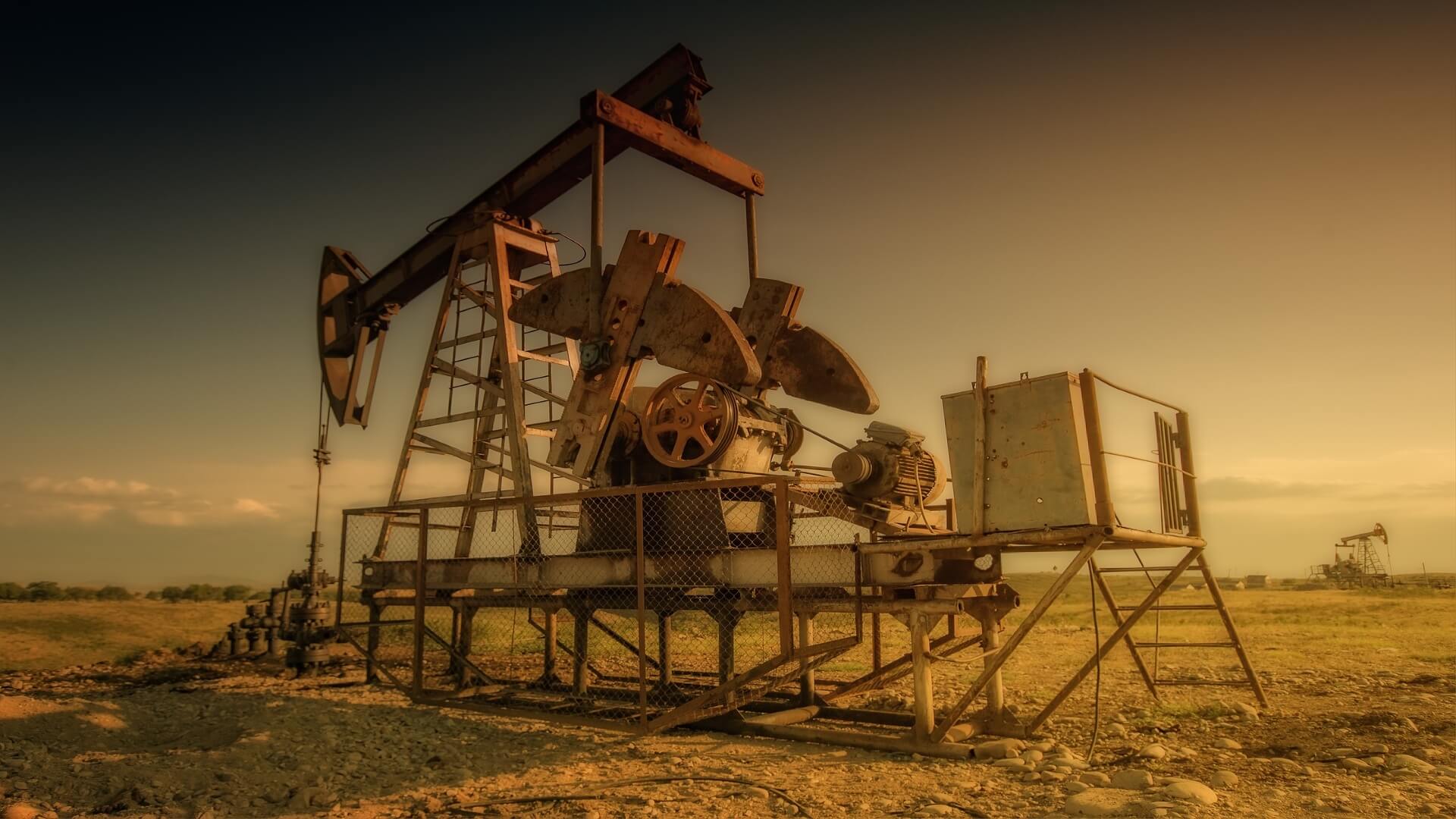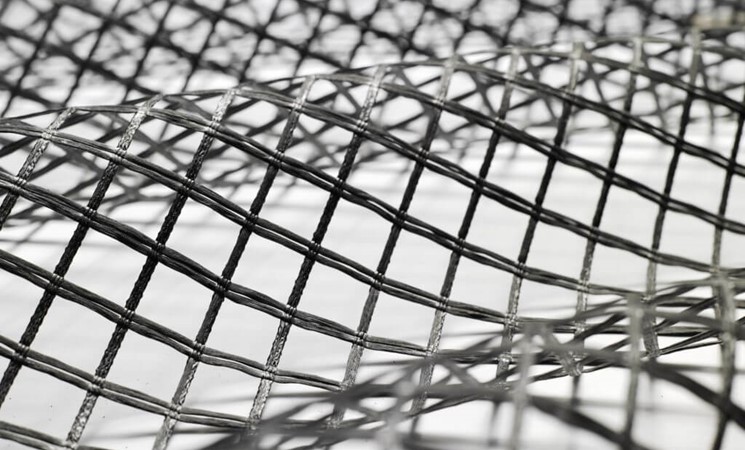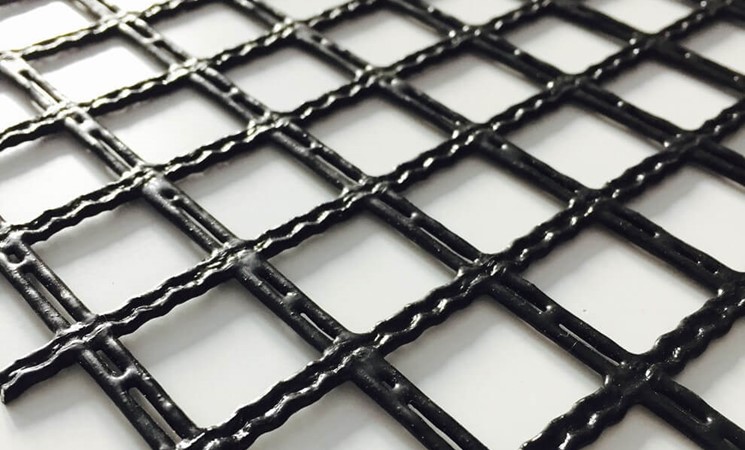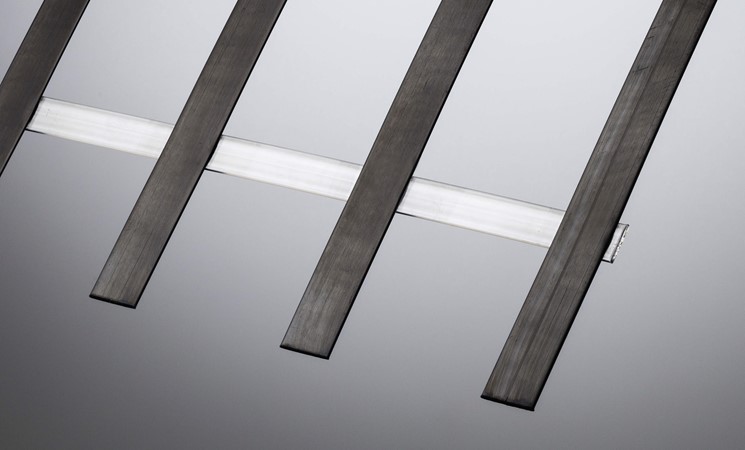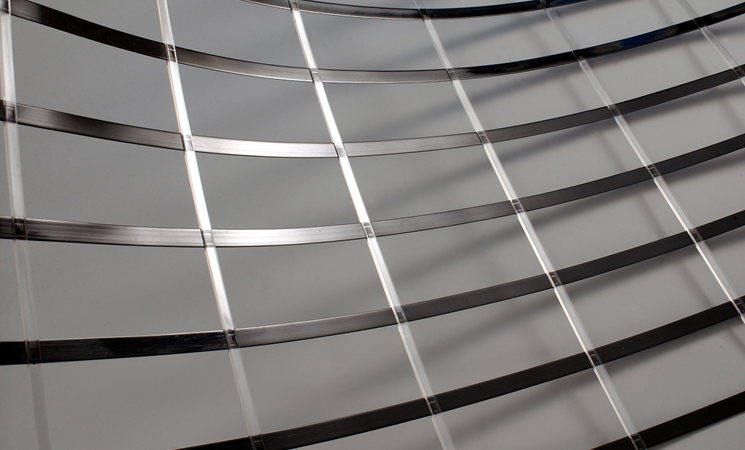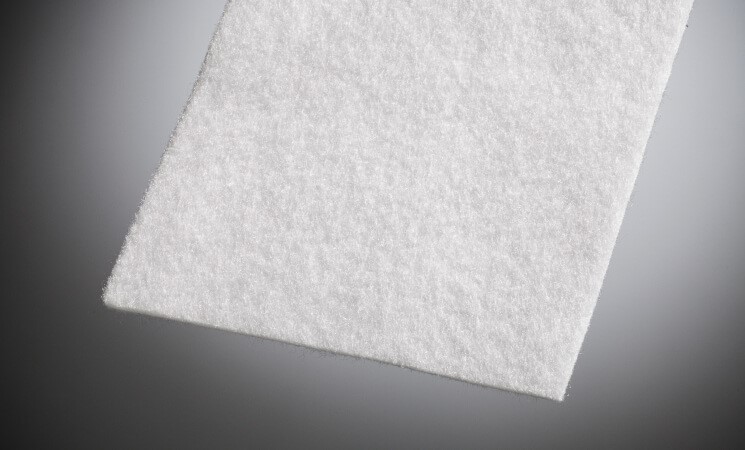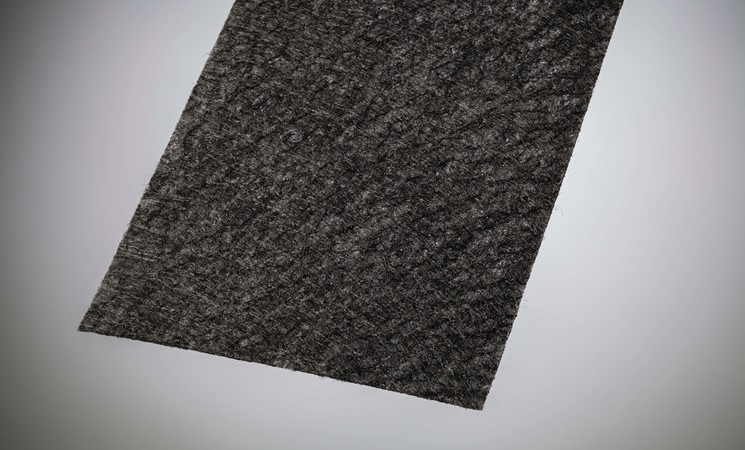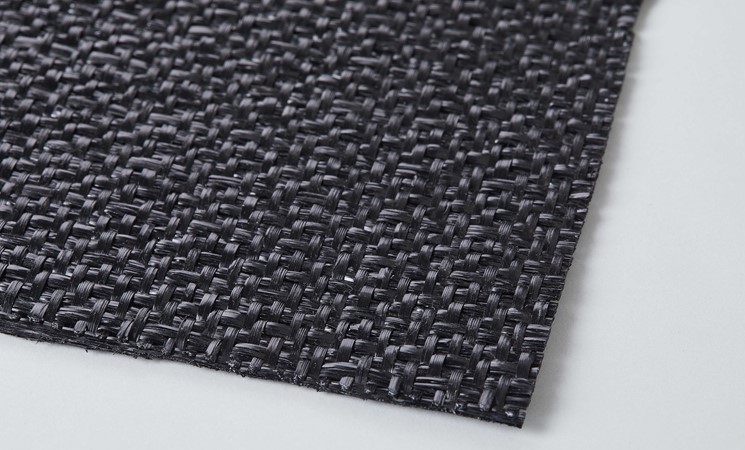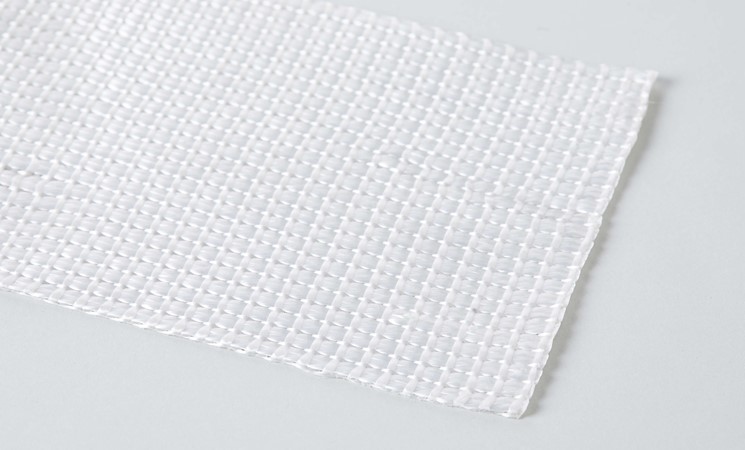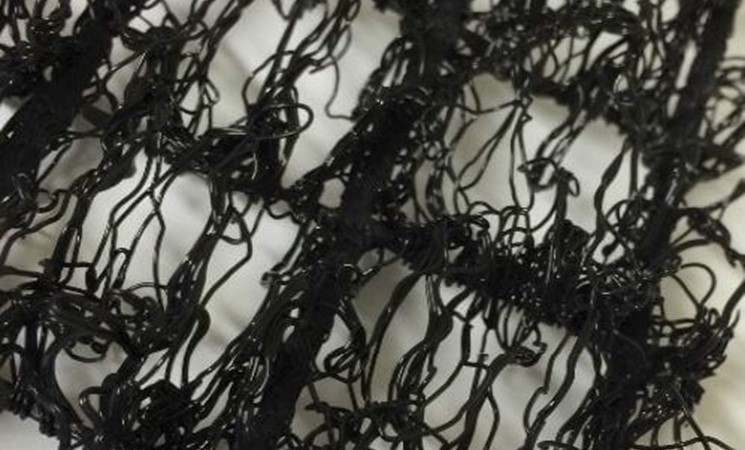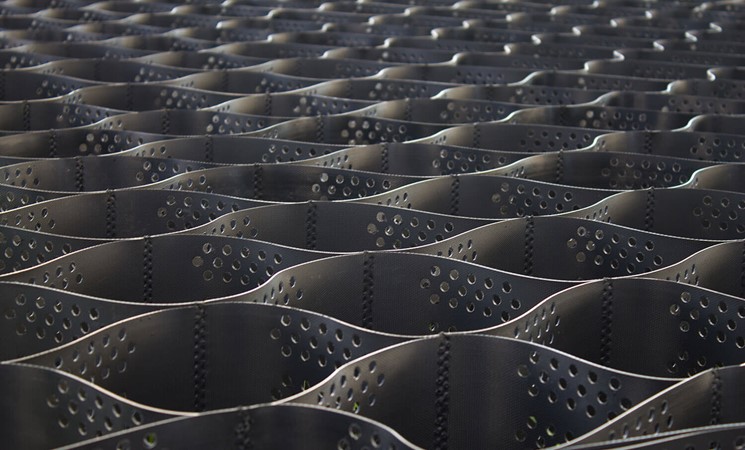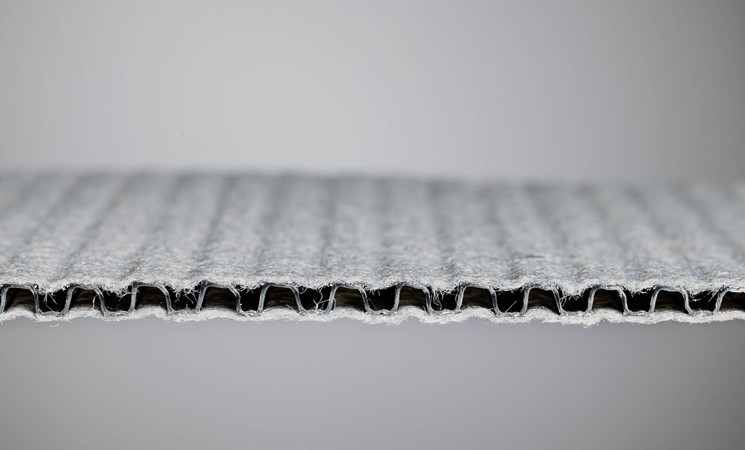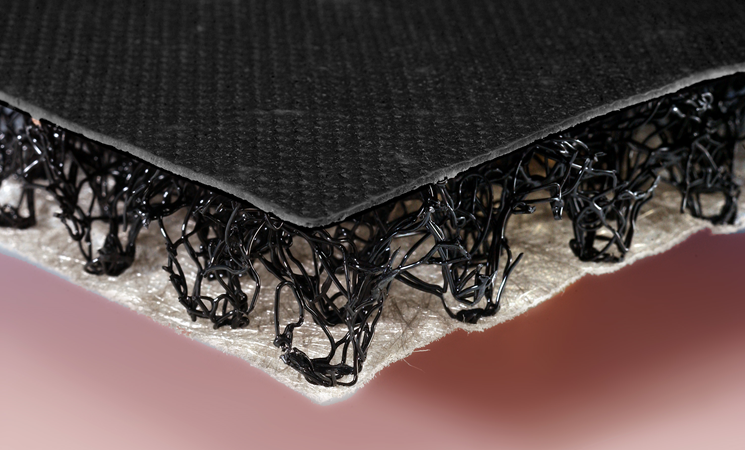Airport
One of the fastest and most commonly preferred modes of transportation in the aviation sector stands out from other means of transportation due to its location and technological infrastructure. Particularly, construction and maintenance processes for various areas such as runways, aprons, and stations, which must meet specific limit conditions, require distinct engineering expertise. In today's world, geosynthetic materials offer economical and durable solutions beyond conventional methods to address the challenges encountered in different airport zones.
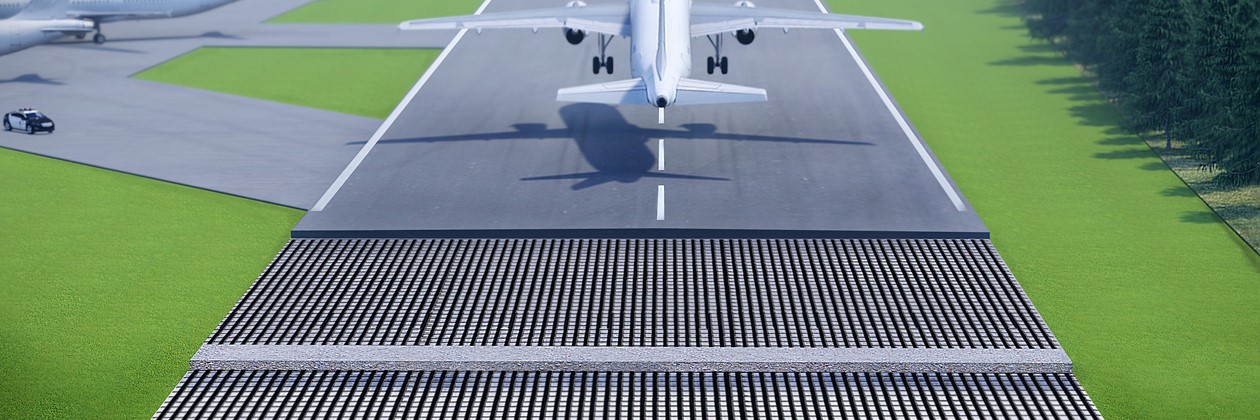
- In soils experiencing consolidation issues, you can accelerate time-dependent settlements using wick drains (strip drains)
- In soils experiencing consolidation issues, soil reinforcement can be achieved by using geogrids in the subgrade layer
- You can enhance the load-carrying capacity of the subbase layer, along with a reduction in material volume, using geogrids
- You can prevent the mixing of existing subgrade material with new fill material using geotextiles
- Surface erosion on cut slopes can be prevented using geomats and cellular system materials
- Formation of platform embankments with geosynthetic-reinforced retaining walls
- In areas with capillary problems, you can accelerate the rapid removal of water from the platform using drainage composites
- The drainage line to be established can be formed using a geodrain (composite drainage system)
Geosynthetics in Airport
Geosynthetics in Airport Application

Subgrade reinforcement for runways and aprons can be achieved with TechGrid geogrids.
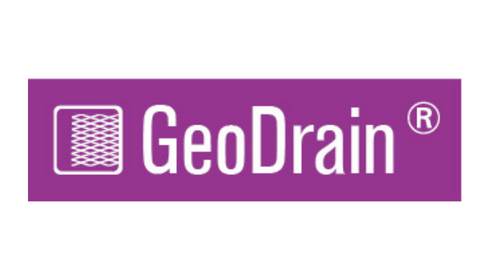
Formation of horizontal and vertical drainage lines can be achieved using TechDrain drainage composites.

Separation of existing soil and fill materials and preservation of long-term material properties can be achieved using TechTex geotextiles.
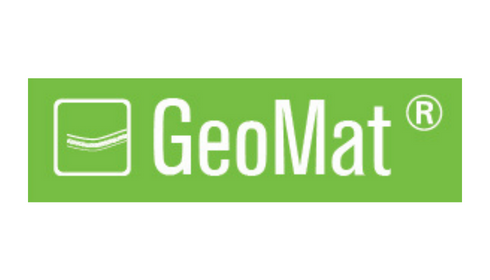
Surface erosion on cut slopes can be prevented using geomats and cellular system materials.

